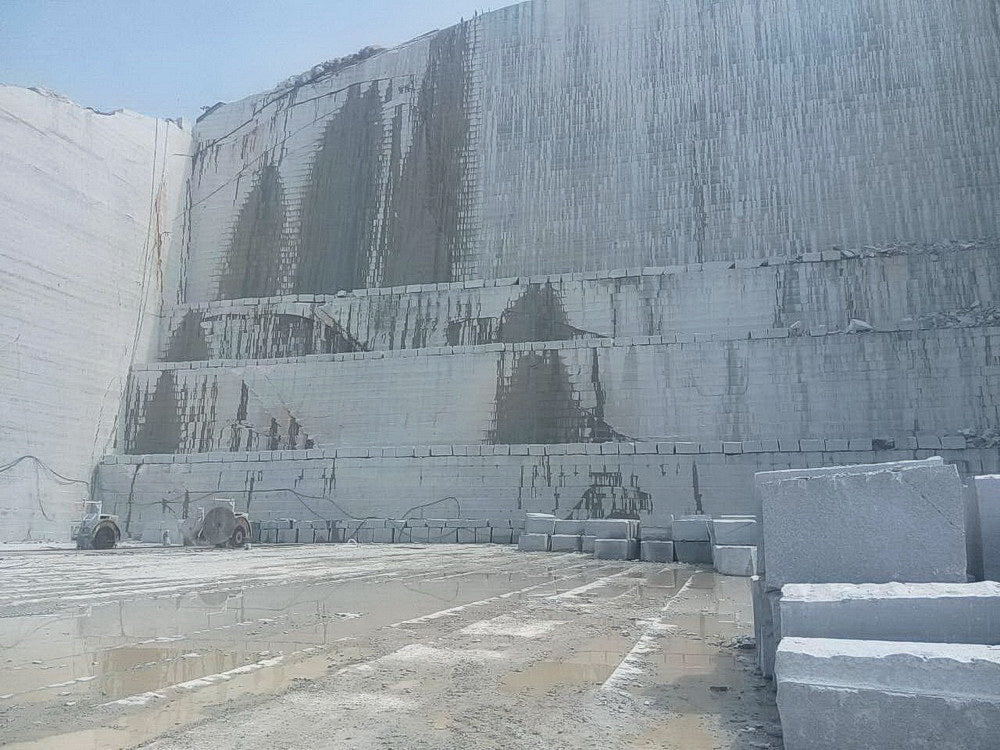A Journey Via Granite Quarries in South Africa: Introduction Nature's Virtuosity
A Journey Via Granite Quarries in South Africa: Introduction Nature's Virtuosity
Blog Article
Discovering the Rich Background and Lasting Practices of Granite Quarrying
As we depend on the precipice of uncovering the intricate tapestry of granite quarrying, a trip via time reveals not simply the physical act of removing stone yet additionally the social and historic value woven right into the extremely textile of this technique. From the ancient origins that laid the structure for contemporary quarrying methods to the lasting methods that are shaping the future of this market, each sculpt mark on granite surfaces tells a tale waiting to be unearthed (granite quarries in south africa). The tradition of granite quarrying stretches far past mere removal; it is a testament to human resourcefulness, strength, and the enduring attraction of this marvelous rock
Ancient Origins of Granite Quarrying
Dating back to ancient civilizations, the technique of quarrying granite has actually been an essential component of human history and architectural innovation. The earliest evidence of granite quarrying go back to old Egypt, where massive pyramids and elaborate sculptures were crafted from this sturdy rock. The Egyptians utilized primitive tools to extract granite blocks from quarries, showcasing the value of this product in their significant constructions.
Moving on in history, the Greeks additionally made considerable payments to the quarrying of granite. The Greeks used granite in different building marvels, such as holy places and statues, showing their skill in shaping and carving this durable stone. The Romans additionally fine-tuned the strategies of quarrying granite, employing sophisticated tools like blades and hammers to essence and shape granite for their renowned structures.
Through the centuries, the method of quarrying granite has advanced, with modern-day technologies boosting performance while keeping the classic charm of this natural stone - granite quarries in south africa. From ancient worlds to modern building contractors, the heritage of granite quarrying remains to form our world
Evolution of Quarrying Techniques
The advancement of quarrying methods has been marked by a constant progression towards better efficiency and accuracy in removing granite. From the simple approaches employed by our ancestors to the sophisticated modern technologies made use of in modern-day quarrying procedures, the industry has gone through significant improvements. Early quarrying strategies included hand-operated labor with fundamental tools such as knives, hammers, and wedges to extract granite blocks from the planet. As human beings progressed, methods like fire-setting and primitive nitroglycerins were introduced to help with the removal procedure.
In even more recent times, the advent of machinery reinvented the quarrying industry, enabling quicker removal rates and enhanced productivity. Technologies such as diamond cord saws, high-pressure water jets, and pneumatic drills have actually become common in modern quarries, permitting exact cutting and lowered waste. Improvements in computer-controlled devices and 3D modeling have enhanced quarrying operations, leading to marginal ecological influence and improved sustainability techniques. As the demand for granite proceeds to rise, the advancement of quarrying strategies remains essential to meeting sector needs efficiently and sustainably.
Cultural Significance of Granite
Granite holds a profound social significance throughout various civilizations due to its long-lasting existence in architectural masterpieces and prized monuments. The cultural relevance of granite prolongs beyond its physical qualities; it personifies durability, security, and timelessness, making it a sign of withstanding traditions and traditions.

Lasting Practices in Quarrying
Among the abundant background of granite quarrying and its social relevance exists an expanding focus on lasting methods within the sector. As ecological recognition and issues regarding source deficiency have actually increased around the world, the quarrying field has actually progressively accepted lasting techniques to decrease its effect on the setting and surrounding areas.

In addition, recovery and recovery of quarry sites post-extraction are integral to sustainable methods. By restoring quarried locations to an all-natural or useful state, such as producing wildlife environments or recreational rooms, quarriers can balance out the ecological impact of their procedures and contribute favorably to the local ecological community.
Legacy of Granite Quarrying
With a historical background steeped in workmanship and industrial progress, what enduring influence has granite quarrying left on the landscape of contemporary society? The legacy of granite quarrying transcends simple extraction methods; it has actually formed architectural wonders, metropolitan landscapes, and social heritage worldwide. The resilient nature of granite has made it a favored choice for monoliths, structures, and infrastructure, standing as a testament to the skill and artistry of quarry workers across generations.
Furthermore, the economic impact of granite quarrying can not be overlooked. The sector continues to provide employment possibility and drive neighborhood economic situations in regions where granite extraction prevails. It has additionally stimulated technological advancements in quarrying strategies and tools, causing more efficient and lasting techniques.
In regards to sustainability, the legacy of granite quarrying consists of initiatives to alleviate environmental influences via improvement jobs and liable source administration. By stabilizing economic interests with environmental stewardship, the market makes every effort to make certain that future generations can remain to take advantage of pop over to this site this enduring natural deposit.
Conclusion

Report this page